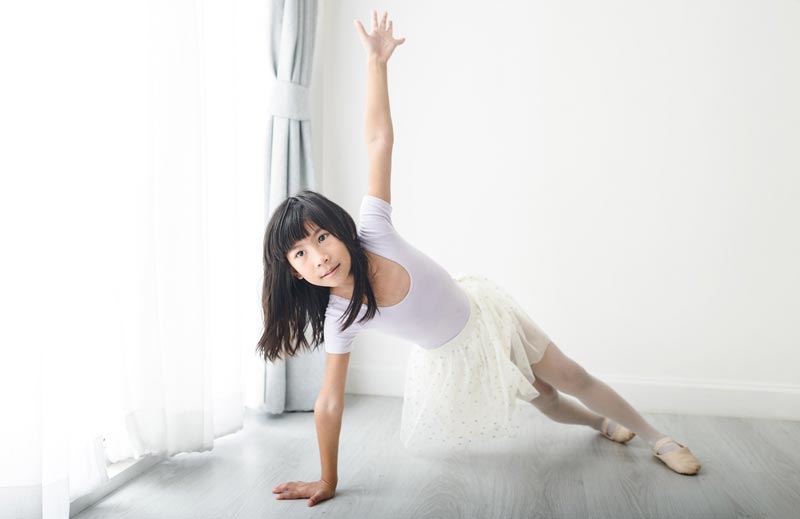How much do professional and home dance floor systems cost?
It depends. There are so many options and circumstances; the answers start with you.
Home or studio? Permanent or transportable? Own or rent? Types of dance? Be prepared to define what you really need. There is no one-size-fits-all. That’s why it’s important to deal with a company that understands dance and will provide a custom solution for your needs.
Will you be able to install yourself or with the help of a local handy person? Or will you require a professional installer? Is this a permanent install, or is it possible you may want to move or expand in the next five years? Wood or vinyl surface? Is this a temporary COVID at-home option or a dedicated space?
These are questions only you can answer. Your flooring supplier should help you define your needs before diving in to sell you anything.
Remember, you may not just be getting a floor surface or a subfloor. You may need vapor barrier, transition ramps, adhesive or tape, cove base, cleaning and disinfectant supplies. Whether you are buying a simple portable dance mat or a permanent dance floor system for studio or stage, purchasing from a one-stop shop is simply less complicated and usually less expensive.
Caution: Make sure you get a written quote including shipping prior to purchase! And compare apples to apples. Government regulations states that pricing of flooring must be by square feet or square yards. This uniformity allows you to compare prices. However, there are companies who price by the running foot, which is deceptive. At first glance, the running foot price appears to cost less, but when properly calculated by the square foot, you get the true picture.
An all-purpose studio floor system — including vapor barrier, sprung wood subfloor, heavy duty Marley surface and ramp — should cost, on average, $8.50 per square foot. These systems are transportable and can be reinstalled elsewhere. You can spend more or less, depending on the dance floor surface chosen.
Other options include both permanent and transportable wood flooring, usually oak or maple. These systems run $12 to $14 per square yard and in some cases require professional installation.
Yet another option is an all-in-one floor. Dancestep Plus from Stagestep is a Marley non-slip floor surface with a dual density foam backing. It can be directly installed over concrete, wood or tile without a floating subfloor. That floor runs $4.89 per square foot.
Tap, turning and ballet boards from Stagestep are used for at-home practice. Each has a built-in floating subfloor and comes with free shipping. Prices range from $100 to $150.
You may already have an appropriate subfloor. In that case, dance surfaces alone range from $1.78 to $7.23 per square foot. If you have the floor surface and are in need of a floating wood subfloor, you can build your own for approximately $2.50 per square foot or buy a prefab transportable subfloor from $3.25 to $3.75. Touring subfloors run upward to $5 per square yard.
There are all sorts of ways people try to cut corners in order to save. Saving is a great goal, but it’s easy to get in trouble and sometimes end up using products that do not work or are outright dangerous. For example, pool noodles are not rated to bear weight or to be resilient. Shower pan liners contain cancerous VOCs. These are not great savings strategies.
On the other hand, you can buy elements from Stagestep, build your own dance floor system and save up to 20 percent. That’s an excellent cost saving option, but be prepared to put in the time and effort to make it happen. Please note that most do-it-yourself subfloors cannot be moved to a new location because they need to be constructed (screws, glue, wood filler), while our prefabricated subfloors are just assembled and are designed to be moved.
Buying a dance floor is not only a major investment but an extremely important element in the safety, performance and overall success of a dance studio. Do your homework. Compare pricing, expertise, delivery time and flooring options that work for you. Choose wisely by consulting knowledgeable suppliers and checking out all your options.
Finally, give yourself enough time to make your choice. Remember that floor installation is the last thing you will do to build your studio and the first thing you will see every day.
Pricing and products mentioned are from Stagestep. Other companies offer different options at different price points. You can call 800-523-0960 ext. 105 with any questions.
By Randy Swartz of Stagestep.















